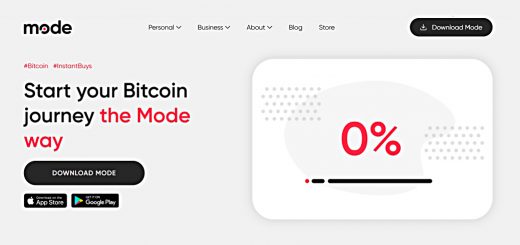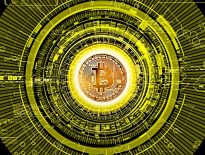DeFi

Today’s post is about DeFi.
What is DeFi?
I should begin by saying that in advance of writing this article, I knew absolutely nothing about DeFi.
- I will be learning alongside you, dear reader.
Defi stands for decentralised finance.
- It’s finance on the blockchain, designed to facilitate disintermediation – also known as cutting out the middle man (something the internet and smartphones were supposed to have done).
Like everything else crypto, the decentralised part is a big deal.
- There’s no “Man” in the middle, controlling everything.
So DeFi is naturally open source (which leads to copying and hacking, and general instability).
- Apps that can be used to build new apps (like Lego bricks – they are sometimes called “money legos”) are known as “composable”.
The fact that the backers of a DeFi protocol may be anonymous means there is plenty of scope for embezzlement and Ponzi schemes.
- And there’s a general lack of KYC (know your customer) compliance, leading to money laundering opportunities.
There’s a whiff here of the ICO (Initial Coin Offering) craze within the 2017 crypto bubble.
Defi relies on smart contracts, usually held on the Ethereum (ETH) blockchain.
- They have this in common with NFTs (non-fungible tokens), which are all the rage as I write.
Smart contracts are a bit like logic rules or IFTTT recipes, where you can agree to pay someone next Tuesday, so long as it’s not raining that day.
Common applications include:
- Lending and borrowing/deposits and interest, using “liquidity pools” and dynamic interest rates
- Note that these deposits are theoretically “non-custodial”, which should mean that you retain control/ownership of your crypto
- Some of the interest rates are very high (upwards of 7% pa), leading to what is known as “yield farming” (see governance tokens below)
- Insurance (in theory – I couldn’t find out too much about this)
- Speculation, often using derivatives and leverage
- Cryptocurrency trading, including (decentralised) stablecoins (which are pegged, usually to the dollar).
- Prediction markets
So nothing terribly useful in the real world as yet.
How?
DeFi runs on DApps (decentralised applications) which sometimes run in browsers (browser extensions) and other times in dedicated apps.
- MetaMask is an ETH/ERC-20 wallet for Android (and iOs) and a browser extension for Chrome and Brave (my two main browsers), plus Edge and Firefox.
- This will be my first port of call, but Argent is another DeFi-friendly crypto wallet
Size
The DeFi market was worth $20 bn in January 2021.
- It has attracted a fair amount of VC interest, with investments from firms like Bain and Andreessen Horowitz, amongst others.
Speed and cost
As with the BTC blockchain, throughput is limited and transfer speeds are slow (minutes at least).
- And the conversion fees (known here as “gas fees” are uneconomical for small transactions – the typical fee is more than $10.
Some names
Here are a few names which cropped up during my research:
- Maker, Compound and Aave are lending protocols (Maker, at least, also has a stablecoin) (( I have still to understand the point of a stablecoin, other than as a virtual game token version of a dollar, or a BTC or an ETC ))
- Uniswap is a trading exchange for ETH-based tokens, as are Balancer, Bancor, Kyber, Ox, Curve and SushiSwap
- IDEX is another DEX, but with direct trading rather than liquidity pools
- 1inch appears to be an aggregator of the decentralised exchanges
- Synthetix and UMA are a tokenized derivatives exchanges, which at the moment appear to trade FX, BTC and gold (with stocks, ETFs and indices “real soon now”)
- Wrapped Bitcoin (WBTC) is a (custodial) way of converting your BTC so that it can be used in DeFi (on the ETH blockchain)
- PolkaDot is another cross-blockchain compatibility project, with its own sub-tokens.
- yearn.finance seems to be an aggregator of lending opportunities plus automation, and yieldfarming.info has more data on this topic
Conclusions
If you thought Bitcoin was crazy, how about DeFi?
- But that doesn’t mean that there isn’t money to be made.
As always with crypto, be aware that this stuff is very speculative and there are very few protections available.
- High profile DeFi coins like YAM, Hotdog and Pizza have crashed to zero.
So if you do decide to dip your toe in the water, tread carefully.
- The next step for me is to a bit more research into specific Altcoins, and identify some candidates for a (small) investment.
At that point, I’ll merge this sidebar back into the main thread of bitcoin articles.
- Until next time.


















